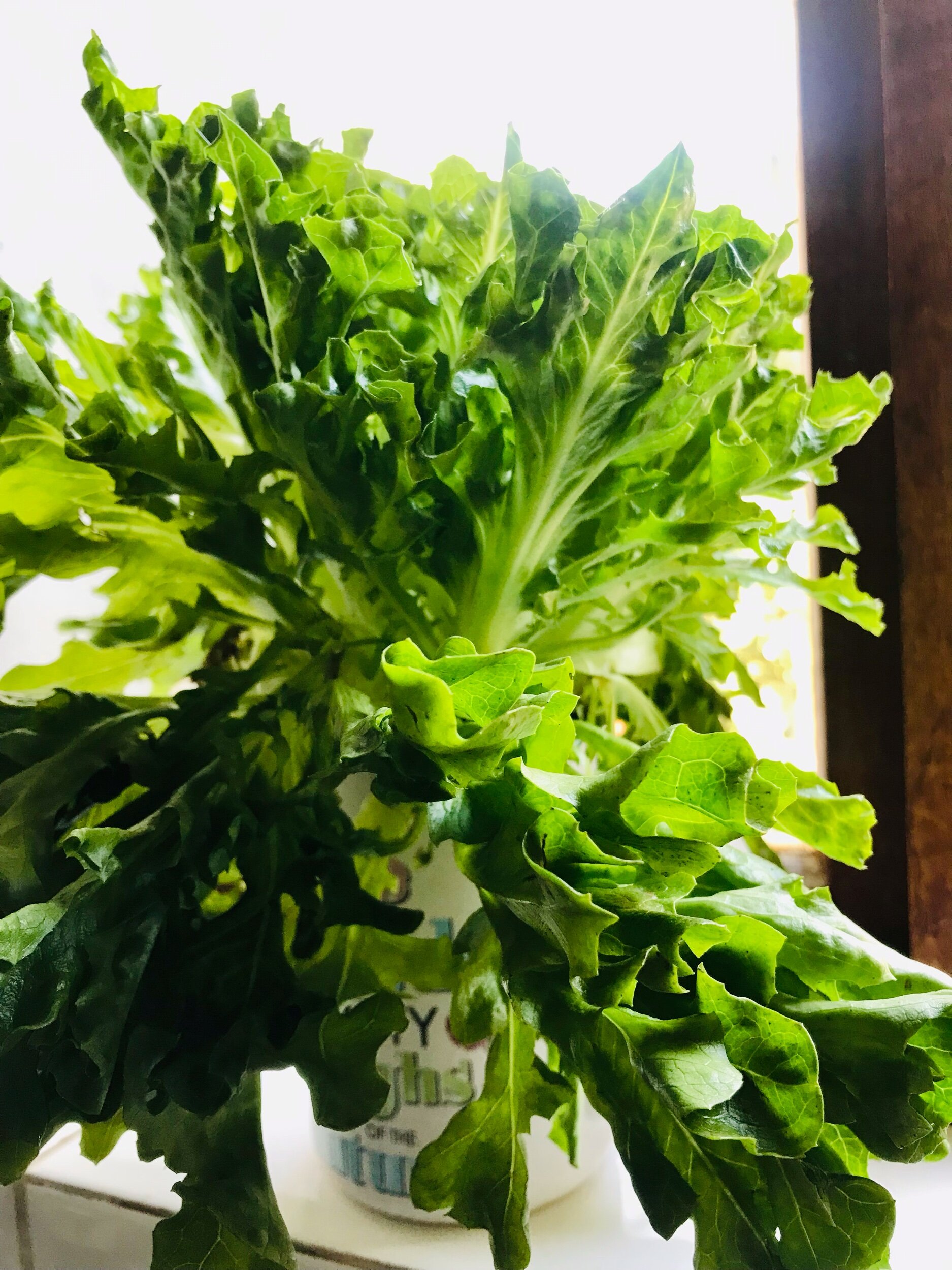Leeks

I didn’t cook with leeks for the longest time because like artichokes, I never really knew what to do with them or how to clean them.
Leeks are part of the onion family. They bring sweet and a creamy texture to dishes and the kicker - they contain a lot of iron. I’m convinced Popeye’s energy was born from leeks and spinach and not just spinach. Leeks are also rich in antioxidants, are great for type 2 diabetics and are low in calories.
To clean it is quite simple. To cook with it is even simpler. Leeks are often reduced to soups, but you can fry it in a little bit of oil and make them crisp up and add them to steamed chicken, fish, a poached egg - basically anything that could do with a sweet and savory crunch.
The anatomy of the leek is the white firm bits at the bottom, which is commonly eaten, and the upper green leaves, which is often discarded.
Don’t discard the green leek leaves though, you can always add it to a stock pot to make vegetable or chicken stock. Or you can juice the leaves, add a bit of chickpea flour and a pinch of turmeric to it and voila - you have an anti-inflammatory face mask.
Leeks stores really well in the freezer too, when cleaned and chopped so buying it in bulk will never become a problem.
To prepare them:
Trim the roots off the leek.
Cut a slit down the middle where the dark green leaves meet the fleshy white part of the leek.
Wash the dark green leaves, by fanning it outwards under a running tap of water.
Cut away the dark parts of the leek and slit the leek length-wise down the middle.
Chop each half like you would an onion.
Rinse them again in water, only this time, leave them to soak in water and salt for a minute or two.
Give it a final rinse and it’s ready to be used.
Leeks can last up to two weeks in the fridge, if washed and stored in a plastic container.






